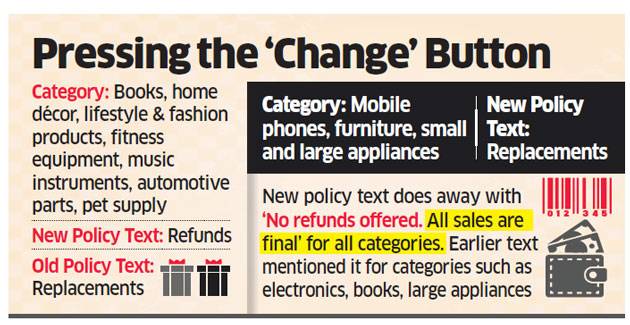8 Problems with E-commerce Platforms
- Lack of Transparency/ Process
Some platforms (such as Flipkart) have inconsistent and unclear internal workings. This makes doing business with them very unpredictable. While a seller works hard to get promoted to an upper tier, the platform might suddenly change tier criteria.
Also, Flipkart consistently fails to scan products in front of sellers, leading to complications such as ready to dispatch breach, if the scanning at the warehouse fails.
Sellers feel that marketplaces should be more transparent with them.
- Varying Requirements
Especially around image requirements, sellers find it difficult to have a different photo shoot for each product on different marketplaces. Sometimes, for example, a 35-degree angle is better than the 45-degree angle, but the marketplace will reject the image due to excessive rules.
The life of a product image is sometimes as low as 3 months, but marketplace rules make it difficult to add new images. Marketplaces should consider the seller’s criteria, maintain some form of objectivity and subjectivity for image guidelines, and allow sellers some creativity.
- False Promises
Marketplaces sometimes push sellers to participate in paid promotions, promising them returns, which are not the ultimate concern of the marketplace in the first place.
- High/Wrong/Used/No Returns
Snapdeal has most often been claimed as following unethical return practices with sellers. Sellers regularly quit the platform to lower the risk of losses. In the clothing space, sellers worry about returns which are not in a condition to be re-sold and wastage due to packaging costs.
Most returns happen in COD case, and a few fraudulent buyers return empty packages or different products. Sellers can spot these bad buyers, but the marketplace cancellation charges force them to ship to them. Sellers are forced to close their accounts due to high returns and withheld payments.
- Payments
The second biggest concern for online sellers was payment. With recent marketplace closures and non-stop struggles to defeat losses, sellers are concerned about payment delays and non-payment of dues.
The payment cycle of some marketplaces is too long, or delay in payment or non-payment may stem from a product return situation. Sometimes payment delays may be due to irrelevant deductions by the marketplace.
- Listing
Random de-listing of accounts due to unclear policies are a major source of pain for sellers. Often, delisting comes with inventory freeze and penalties. The lack of seller safety is incomprehensible in most cases.
Inconsistent listing policies are also common. Listing delays, errors in the listing, and other similar issues result in monetary losses for the sellers.
- Seller Support
Many problems on marketplaces can be sorted quickly and effectively if a dedicated seller support service is available. Sellers regularly complain that platform such as Paytm, Snapdeal, Shopclues, and Flipkart do not have a toll-free number.
However, Amazon and Flipkart reportedly offer the most satisfactory seller support.
- Rising Marketplace fees
Amazon (among other marketplaces) has recently increased its commission. Some marketplaces (like Pepperfry) have excessive charges that alarm online sellers. Compounded with unfair practices by courier companies, sellers are charged higher fees due to returns which either cause losses or very small margins.
Conclusion:
While marketplaces continue to experiment to find the right strategy to manage the customer, seller, and their own needs, it is the seller who always receives the short end of the stick. What happens once sellers have had enough of marketplaces?
Click here to contact us to find the best strategy








